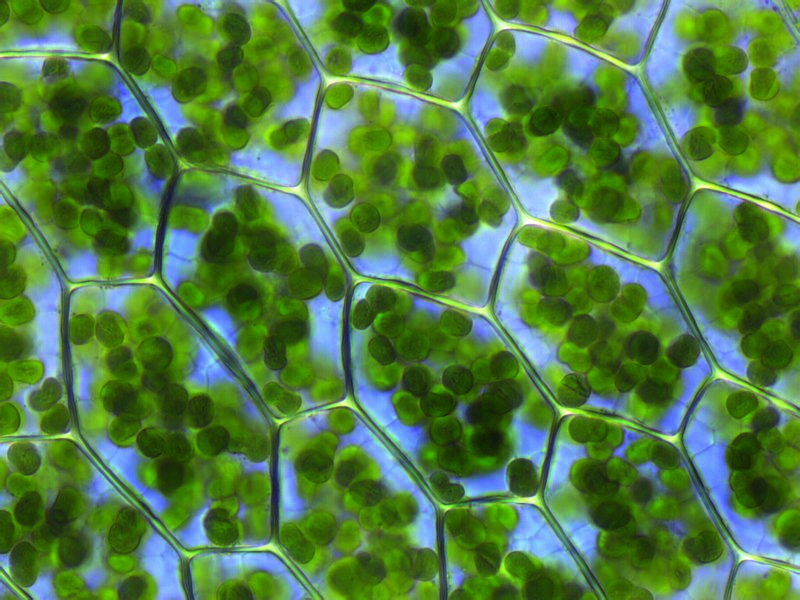When a photon excites an electron within plant chromophores [1], the transport of energy (without transporting net electric charge) resembles an exciton [2] condensate.
- Big Think > “Plants perform quantum mechanics feats that scientists can only do at ultra-cold temperatures” by Elizabeth Fernandez (May 27, 2023) – The paths of excitons in plant chromophores resemble those seen within a Bose-Einstein condensate.
“Chromophores … can pass energy between them in the form of excitons to a reaction center where energy can be used, kind of like a group of people passing a ball to a goal,” Anna Schouten, the study’s lead author, explained to Big Think.
Notes
[1] Wiki > Chromophore
A chromophore is the part of a molecule responsible for its color. … The chromophore is a region in the molecule where the energy difference between two separate molecular orbitals falls within the range of the visible spectrum. Visible light that hits the chromophore can thus be absorbed by exciting an electron from its ground state into an excited state.
See also Wiki > Chlorophyll – Chlorophyll molecules are arranged in and around photosystems that are embedded in the thylakoid membranes of chloroplasts.
And Wiki > Resonance energy transfer – a mechanism describing energy transfer between two light-sensitive molecules (chromophores).
[2] Wiki > Exciton (electron-hole pairs as integer-spin particles)
When a molecule absorbs a quantum of energy that corresponds to a transition from one molecular orbital to another molecular orbital, the resulting electronic excited state is also properly described as an exciton. … Molecular excitons have several interesting properties, one of which is energy transfer … whereby if a molecular exciton has proper energetic matching to a second molecule’s spectral absorbance, then an exciton may transfer (hop) from one molecule to another.
Related posts

[(Wiki) Creative Commons Attribution-Share Alike 3.0 Unported license]

Visualization of quantum interactions always is welcome. But what’s a coherence map? … in a snapshot … interpreting theoretical calculations … an illustration of the reduced density matrix … to identify the energy transfer pathways …
• Phys.org > “Quantum visualization technique gives insight into photosynthesis” by University of Illinois Grainger College of Engineering (June 6, 2023)
See also:
Huh? Huh!
• PubMed > “Time-Evolving Quantum Superpositions in Open Systems and the Rich Content of Coherence Maps” by Reshmi Dani, Nancy Makri (Nov 3, 2022)
[Article includes a list of Similar articles, with terms like: quantum process tomography, coherence signatures, tunneling dynamics, excitons and coherence, real-time path integral calculations.]
• Arxiv > “Relation between Quantum Coherence and Quantum Entanglement in Quantum Measurements” by Ho-Joon Kim, Soojoon Lee (22 Feb 2022)
• Wiki > Coherent state
Image credit: Coherence Maps and Flow of Excitation Energy in the Bacterial Light Harvesting Complex 2